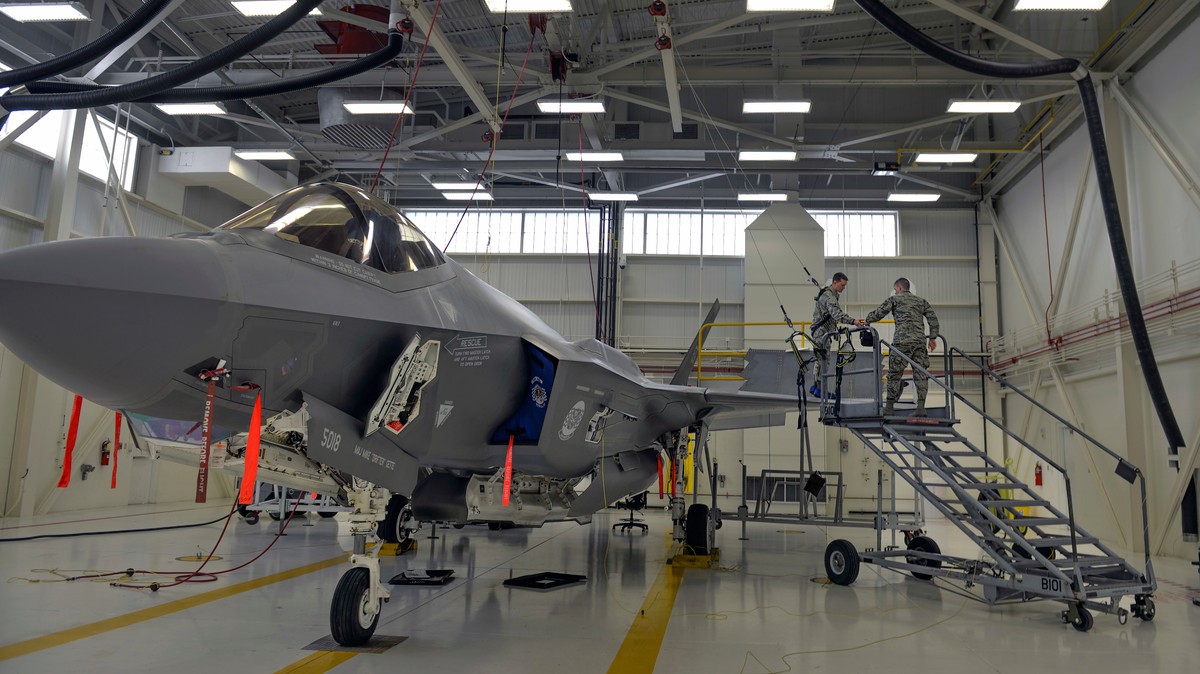America’s Military Can’t Repair Its Own $1.7 Trillion Jet | Only about half of the U.S.’s fleet of F-35 fighter jets is operational at any time due to difficulties with repairs, which must go throu…::Only about half of the U.S.’s fleet of F-35 fighter jets is operational at any time due to difficulties with repairs, which must go through contractors.



OMG, salt in the moisture in air around and inside light and precise metal parts, year round, my brain just connected these dots and felt pain. 🤯😬
Military helicopters are very resilient, I’ll give 'em that.
Aside from hydraulic struts being mostly exposed, most of the other bits are OK. The electronics are in solid metal boxes with really beefy connectors, so that is not too much of an issue either.
It’s the engines and the airframe that are the biggest issues. Engines have their own set of issues by themselves and misted saltwater amplifies those issues. The airframe is the worst though. Not only are they subject to normal stresses that cause micro-cracks like every aircraft, corrosion is accelerated due to bad operating conditions. An airframe is not something you would want to fail.
In short, almost all aircraft, military or not, should go through a phased inspection and repair cycle. As you move through the different phases (of which there are usually 4), the inspection gets deeper and more intense. The last phase usually involves tearing down the entire aircraft to its frame to conduct hyper-detailed inspections for cracks and corrosion. (My experience is limited to just private civilian fixed wing and naval military helicopters)